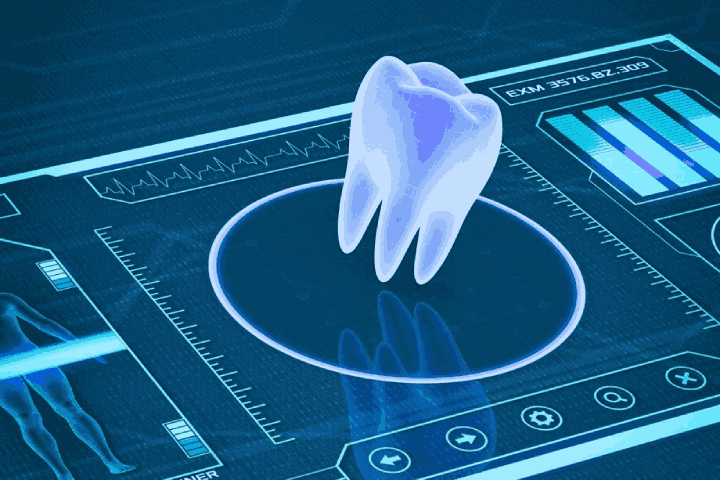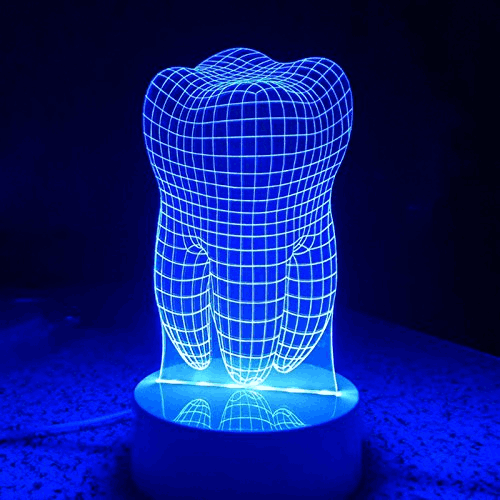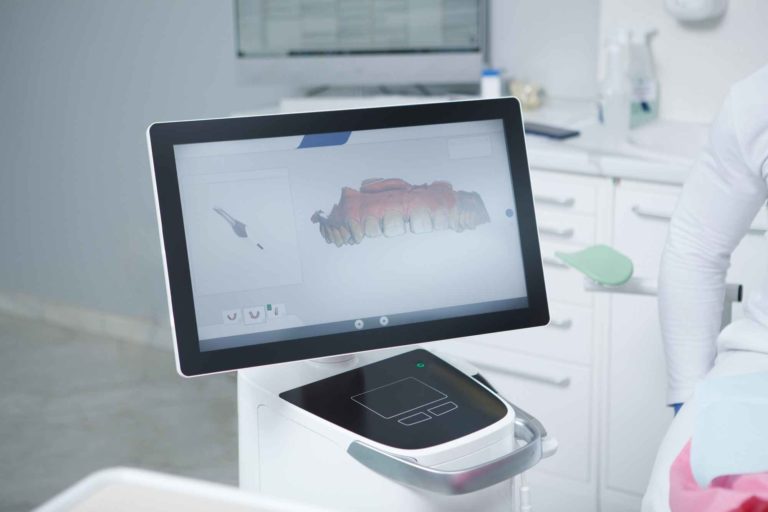It’s important to note that the future of digital dentistry in any dental lab or dental laboratory will depend on various factors, including technological advancements, regulatory developments, and the acceptance and adoption of new technologies by dental professionals and patients alike. As the field continues to evolve, the focus will likely remain on improving patient care, efficiency, and accessibility to dental services.



Advanced Imaging and Diagnostics: Improvements in imaging technologies, such as Cone Beam Computed Tomography (CBCT) and intraoral scanners, have already enhanced diagnostics and treatment planning. In the future, these technologies may become more affordable and widely available, leading to better patient outcomes.
Artificial Intelligence (AI) Integration: AI has the potential to revolutionise dentistry by aiding in image analysis, diagnostics, treatment planning, and even predictive dentistry. AI algorithms may assist dentists in detecting oral diseases, suggesting personalised treatment options, and predicting potential dental issues based on patient data.
3D Printing for Dental Prosthetics: The use of 3D printing in dentistry is already underway, and it is likely to become more prevalent. Customised dental prosthetics, such as crowns, bridges, dentures, and orthodontic aligners, can be produced using 3D printing technology, making the process more efficient and cost-effective.
Tele-dentistry and Remote Consultations: Tele-dentistry has gained momentum, especially during the COVID-19 pandemic, as it allows dentists to diagnose and consult with patients remotely. This trend may continue to grow, enabling greater access to dental care, especially in remote or underserved areas.
Augmented Reality (AR) in Dentistry: AR could be integrated into dental practice, assisting dentists during procedures and enabling patients to visualise potential treatment outcomes. It could also be utilised for dental education and training purposes.
Virtual Reality (VR) for Patient Education: VR technology could be used to educate and inform patients about their dental conditions and treatment options in a more immersive and engaging way.
Cloud-Based Dental Software: Cloud-based software can streamline dental practice management, patient records, and appointment scheduling. It allows for easier access to patient data and collaboration between dental professionals.
Digital Smile Design (DSD): DSD software allows dentists to digitally design a patient’s smile before performing any procedures. This helps in creating a more predictable and customised treatment plan.
Robotics in Dentistry: While still in its early stages, robotics could find applications in dentistry, particularly in surgeries and repetitive tasks.
Bioprinting and Regenerative Dentistry: The field of bioprinting may progress, allowing for the creation of biological dental tissues, potentially leading to tooth regeneration and more advanced treatment methods for oral health issues.
The future of digital dentistry promises to revolutionise the field of oral healthcare and deliver a plethora of benefits for both patients and dental professionals. As technology continues to advance, we can expect to witness an exciting transformation in how dental practices operate, diagnose, and treat oral health conditions. From improved accuracy and efficiency in dental procedures to enhanced patient experiences, digital dentistry’s potential is boundless.
The incorporation of 3D printing, AI-driven diagnostics, virtual reality, and tele-dentistry is set to create a more personalised and accessible approach to dental care. Patients will benefit from faster, less invasive, and more precise treatments, reducing discomfort and downtime. Moreover, preventive dentistry will become more accessible and effective, potentially reducing the prevalence of oral health issues.
For dental professionals, digital dentistry offers streamlined workflows, accelerated treatment planning, and better collaboration among specialists. Access to extensive patient data and treatment histories will enable evidence-based decision-making and optimal treatment outcomes. Additionally, continuous advancements in training and education tools will empower dentists to stay at the forefront of technology, ensuring their practices remain competitive and efficient.
However, with these remarkable opportunities come challenges that need to be addressed. Data security and patient privacy concerns must be rigorously safeguarded as digital systems become more integrated. Furthermore, ensuring equitable access to digital dentistry innovations across various regions and healthcare systems will be crucial to avoid creating a digital divide.
Despite these challenges, the future of digital dentistry holds immense promise. As technology evolves and becomes more accessible, we can expect to see a significant positive impact on oral healthcare, transforming the smiles and lives of countless individuals worldwide. Embracing these innovations responsibly and with a patient-centric focus will undoubtedly shape the future of dentistry, fostering a healthier and happier global population with brighter and more confident smiles.





